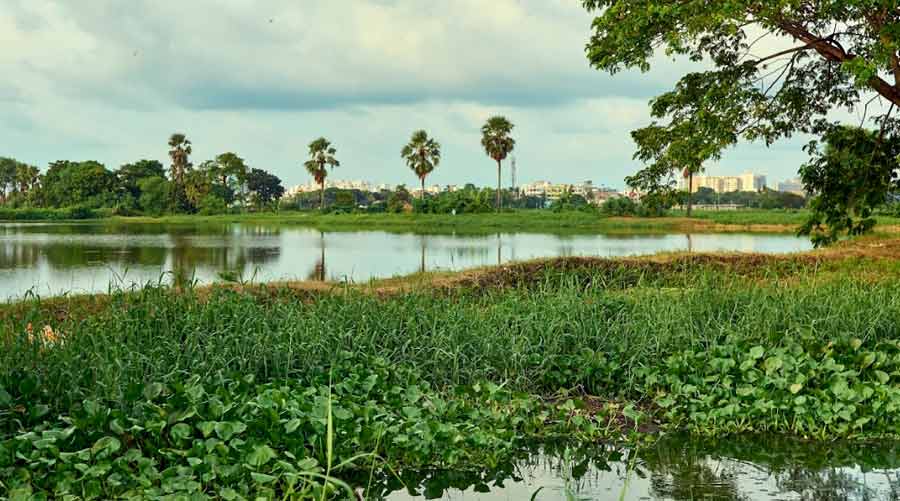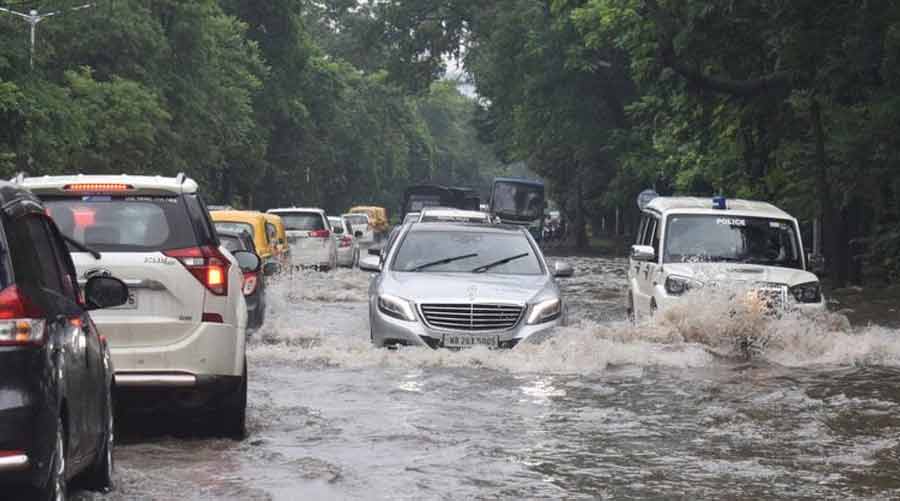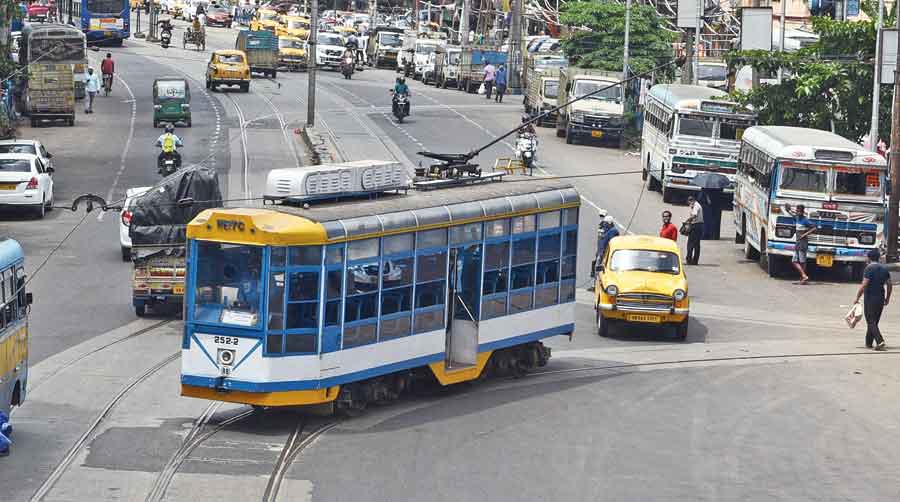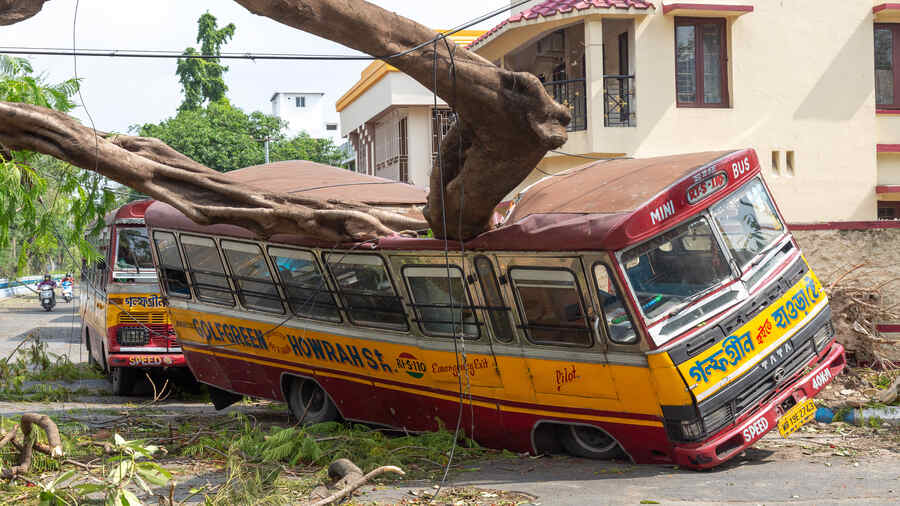Firhad Hakim might be a happy transport minister now, but he is probably not a happy mayor.
The recently published UN report that praised Kolkata’s public transport for reducing emissions also expressed concern about the city’s drainage system, describing its management as “an immense challenge”.
The Intergovernmental Panel for Climate Change (IPCC), a UN body of climate scientists that released the report, reiterated what experts closer home have been saying: that the city’s drainage system is inadequate.
“The city frequently experiences flooding… due to the inadequate drainage and sewer networks, which do not serve the city’s whole population,” reads the IPCC report, Climate Change 2022: Mitigation of Climate Change. “Where this infrastructure exists, it is often a century old and lacks the capacity to meet the current population’s needs.”
The report warns that “the frequency and severity of these floods is likely to increase”, and points out that “future-proofing Kolkata against climate change, population growth and economic development is an immense challenge, particularly considering the scale of poverty and informality in the city”.
“Most parts of the Kolkata Metropolitan Area do not have an underground sewer system and hence drainage in these areas gets affected by solid waste, particularly plastic. Moreover, outflow canals often get silted, covered with hyacinth or even encroached,” said Arunabha Mazumdar, a drainage expert formerly associated with the All India Institute of Hygiene and Public Health.
“There is no doubt that drainage is a big challenge for us. We have planned to put in place 200 additional pumps to drain out water from the city as required… and also work on the dredging of the outflow canals,” said mayor Hakim.
According to experts, only physical interventions are unlikely to solve the problem.

“…Unfortunately, vested interests coupled with political support are systematically destroying drainage resources like East Kolkata Wetlands,” said an expert iStock
“The latest IPCC report has highlighted how networks of parks and open spaces, wetlands and urban agriculture can reduce flood risk in cities. Kolkata is called an ecologically subsidised city because it has natural advantages, which include its natural drainage capacity. Unfortunately, vested interests coupled with political support are systematically destroying drainage resources like East Kolkata Wetlands,” said an expert.
“Protection of blue infrastructure, which means protecting and enriching waterbodies, lake systems, wetlands and rivers across the city, is important in terms of drainage and, hence, climate resilience,” said Anjal Prakash, an author of the Working Group II part of the IPCC report.
The view was shared by Aditi Mukherjee, another IPCC author, who felt that if the city continues to lose its sponges — water bodies and wetlands — the drainage scenario will worsen further.
“It’s good that the mayor is talking about saving the water bodies but we have seen how water bodies and wetlands have been systematically filled up in the city. We will soon try to meet the mayor and urge him to stop the city from committing suicide,” said Naba Dutta, the secretary of the environmental umbrella platform, Sabuj Mancha.


